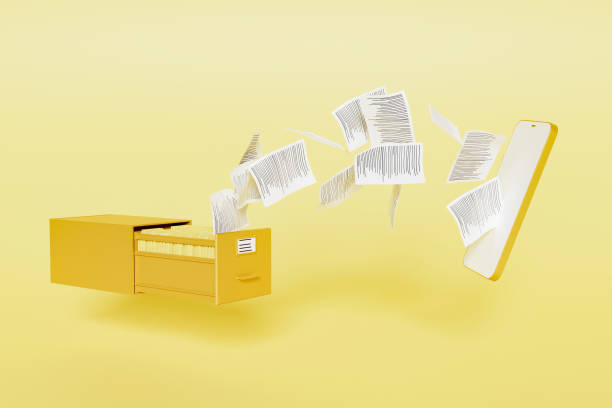It’s a tricky question, although sounds simple.
There are bad data that are almost everywhere. You can find them as duplicate entries, irregular formatting, junk records, obsolete datasets, etc. Unfortunately, bad data cannot be prevented. But, you may clean it out using simple ways or through a data cleansing consultant. These alternatives can help you to clean your database in no time.
Best Practices for Data Cleaning
Here is a roundup of a few best practices that can help you to keep your data clean.
-
Devise a Plan to Check Quality
Decide what you expect from your data. Start with identifying key performance indicators (KPIs) defining their quality. These KPIs can be anything that you must have there in your databases, such as no duplicity, normalized datasets, standard format, and a lot more things like that.
These KPIs will let you discover where most data quality errors occur. So, work on inconsistencies, typos, and errors to fix incorrect data. Understand the main reason for unhygienic data. Once clear, you can develop a plan for cleaning records.
-
Standardise Contact Details at Point of Entry
Maintaining the health of your database is necessary because it lets you make decisions on more inventory, production, growth, and improvement.
So, check important details at the point of entry. This step ensures that the records are all standardised right at the point of entry in your database. This will make it easier to filter duplicates in no time.
For this, you may create a standard plan of action. Let the workflow go on accordingly so that the data cleaning team can standardise data right in the beginning.
-
Verify & Validate Data
Ensure that the entered data are accurate. Manually, it’s tedious. You may integrate tools for verifying details, like email ID verification tools like email checkers that actually work in real-time.
With accurate information, you can introduce effectiveness into your sales or marketing, or customer support strategies. The seamless contacts or details are termed as high-quality data, which hardly leads to bad decisions.
However, you can manually check also. But, it won’t be a wise idea, especially when you have a gigantic database to verify.
-
Remove Duplicates
Duplicate entries waste your energy and time. They cost you too much, as you integrate them in marketing campaigns and general maintenance. Their inclusion may lead to bad and inflexible decisions, which damage your brand reputation. It certainly guarantees a bad user experience.
So, avoid duplicates that make your data unhealthy. Validate and scrub them on a regular basis.
You may use alerts by putting a validation to check when any new entry is added. It can help you to be notified and hence, you may proactively decide if the detail is duplicate or not.
-
Appending Datasets
Appending means supplementing primary with secondary information, like the first name with the last name (Jonty+Rhodes), email id with a domain name (Mark@gmail.com), or business addresses, etc..
It is extremely beneficial when it comes to preventing the whole soul of personally identifiable information (PII). Data compliance like GDPR sticks to it. So, you have to understand and find the exact contact details of the person, company, or location.
A white space can also disturb the understandability of the record. So, remove it also, if it’s there in your database. It can happen during data migration from any third-party vendors.
There are some respected software companies, which are exceptional at capturing information from first-party websites like LinkedIn. Even, you may call programmers to codify a scraping tool for web data extraction so that you can have accurate web content.
In addition, outsourcing data cleansing companies use software to auto-clean and compile data. You may use them as-are. It saves time in deriving intelligence and analytics.
Simply put, accurate and complete information ensures analysts make good and feasible decisions.
-
Remove Junk Details
There are some email ids that define anonymous identity. It is an effort to avoid sharing real email addresses. Furthermore, it mostly happens with lead-based databases. Prevent this garbage from polluting your accurate datasets.
You may define a validation to run smartly and identify bogus email addresses. Later, you may delete or suspend them. These are redundant data that occupy space or storage and consume your money and energy. If you integrate them without cleansing with your marketing campaign, the conversion rate would be negative. It’s obvious. So, cleanse data thoroughly before using them for any decision-making or marketing.
Summary
You may easily clean your data by removing junk entries, duplicates, or bogus details. There are certain tools and validations that can help in appending, removing white space, and duplicate entries in no time. Even, web data extraction from an experienced company can help you to have accurate & ready to use datasets.








![How to Fix [pii_email_096d854470c8a6a62b16] Error Code? [pii_email_096d854470c8a6a62b16]](https://www.techwebtopic.com/wp-content/uploads/2022/02/pii_email_096d854470c8a6a62b16.jpg)